Stock Exchange CEO: MiFID II not working as intended

The main purpose of the MiFID II directive, which came into force this year, is to boost protection for investors.
Within equity market transactions the new set of rules was put in place to attract more volume to the traditional stock markets — which have lost market share to a series of trading facilities that trade “in the dark”.
This market development had resulted in more opaque markets.
However, seven weeks after the new directive came in on 12 March, the effect has been quite the opposite, according to exchange owner Nasdaq.
"If we look at the stock exchanges’ market share, it has plummeted compared with the total market — which is the opposite of what MiFID II intended to accomplish," says Nikolaj Kosakewitsch, Chief Executive of Nasdaq OMX Copenhagen.
The Copenhagen exchange’s numbers show that in Europe, deals taking place outside traditional stock exchanges have increased by 4 percent. Conversely, trading has dropped by 11 percent on traditional exchanges such as Nasdaq OMX Copenhagen and the so-called MTFs, or multilateral trading facilities, which are subject to the same rules as traditional exchanges.
Instead of redirecting the transactions back to the traditional markets, they are carried out on the bank’s own systems, meaning that the banks match their customers' incoming buy and sell orders with each other. Even though MiFID II has only been in force for seven weeks, about a fifth of all equity trading in Europe is now done internally at banks, Nasdaq says.
New rules for dark pools
The purpose of the first MiFID directive, which became law in 2008, was to make it cheaper to trade on stock exchanges and at the same time promote off-exchange trading.
One thing that emerged from that first piece of regulation was the so-called dark pools, which ended up taking 9-10 percent of the total equity trading volume in Europe. Previously, Nasdaq OMX Copenhagen assumed that about 7 percent of the Danish transactions were carried out in dark pools, where trades as a general rule cannot be identified.
With the introduction of MiFID II, the EU wanted to reduce dark trading. This implies limitations for trading in dark pools and shutting down the so-called broker crossing networks that have been the virtual market place for large-scale stock brokers.
In dark pools a so-called double volume cap has been introduced. It prevents shares from being traded in a dark pool if 4 percent of the total volume was traded in the dark pool. If 8 percent of the equities are traded in dark pools, all trading in all dark pools will be suspended. However, large-block stock trading is exempt.
Since most large cap shares are impacted by the double volume cap, the major part of the dark trading has been suspended since the directive came into effect on 12 March. The suspension applies for six months, so the trading will not be reassumed until fall.
Advantage for banks
With the introduction of the double volume cap in dark pools and the ban against Broker Crossing Networks, trading will flow elsewhere. In addition to the traditional markets, it is possible to trade through banks. Banks have the advantage that they make a profit from the difference between the buying and selling price when they match the buyers and sellers.
MiFID II has also introduced new rules for trading done internally by the banks, referred to as SIs; Systematic Internalizers.
As an SI, MiFID II requires that the bank provides live prices to its customers and are systematic in terms of pricing, so all customers are offered the same prices. For SIs there are rules on tick size, and for large-block trading the bank is allowed to offer smaller ticks than when traded on the stock exchange and other traditional markets. Consequently, Sis can offer more favorable prices than on other markets.
This may sound favorable for the individual customer, but in terms of general transparency and equal terms in the market, it poses a problem, Kosakewitsch says.
Less market transparency
The more detached the flow is to potentially hundreds of different SIs, the less transparent the market, and the higher the costs for customers that are to trade on the many different market places out there.
Kosakewitsch says this is unfortunate.
He also sees another potential problem for large-scale investors.
"We don't know the quality of the different SIs, and one thing that scares institutional investors is leakage of information while they are trading and immediately after trading," says the CEO.
Although the initial trading data indicate that MiFID II has had exactly the opposite effect regarding market transparency, the Nasdaq Copenhagen CEO is not pessimistic.
This is due to the fact that the European markets authority, ESMA, which is responsible for adjusting the rules, has the opportunity to adjust the wording of the regulations.
"ESMA has the opportunity to continuously change the wording of the regulations, and if they see major problems in the wording, they can change it. But there's no guarantee that they will," says Kosakewitsch.
"Companies and EU member countries can also direct questions to ESMA that may end in an interpretation of the rules, which would result in changing the regulations," he adds.
English Edit: Lisa Castey Hall Nielsen




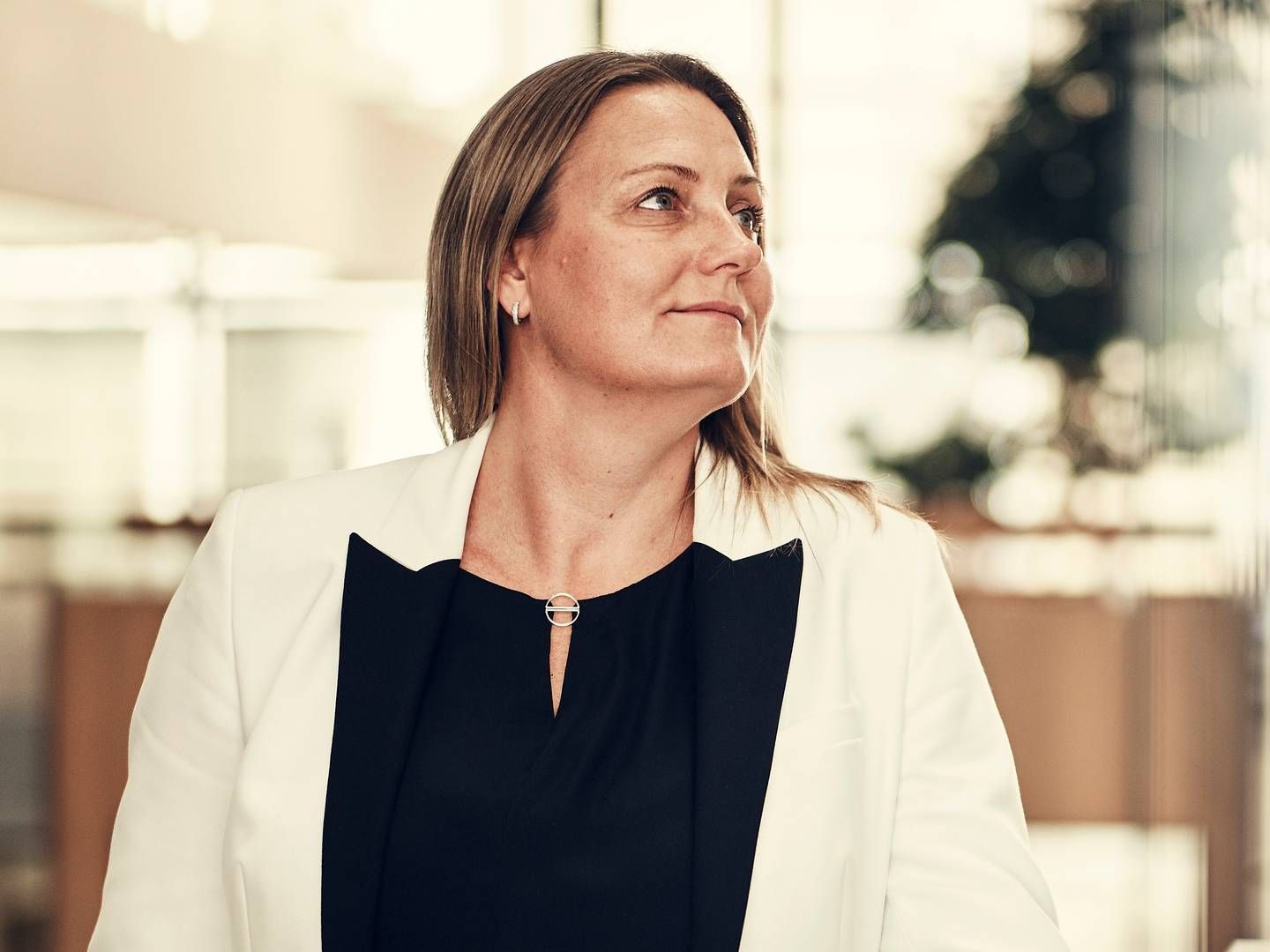
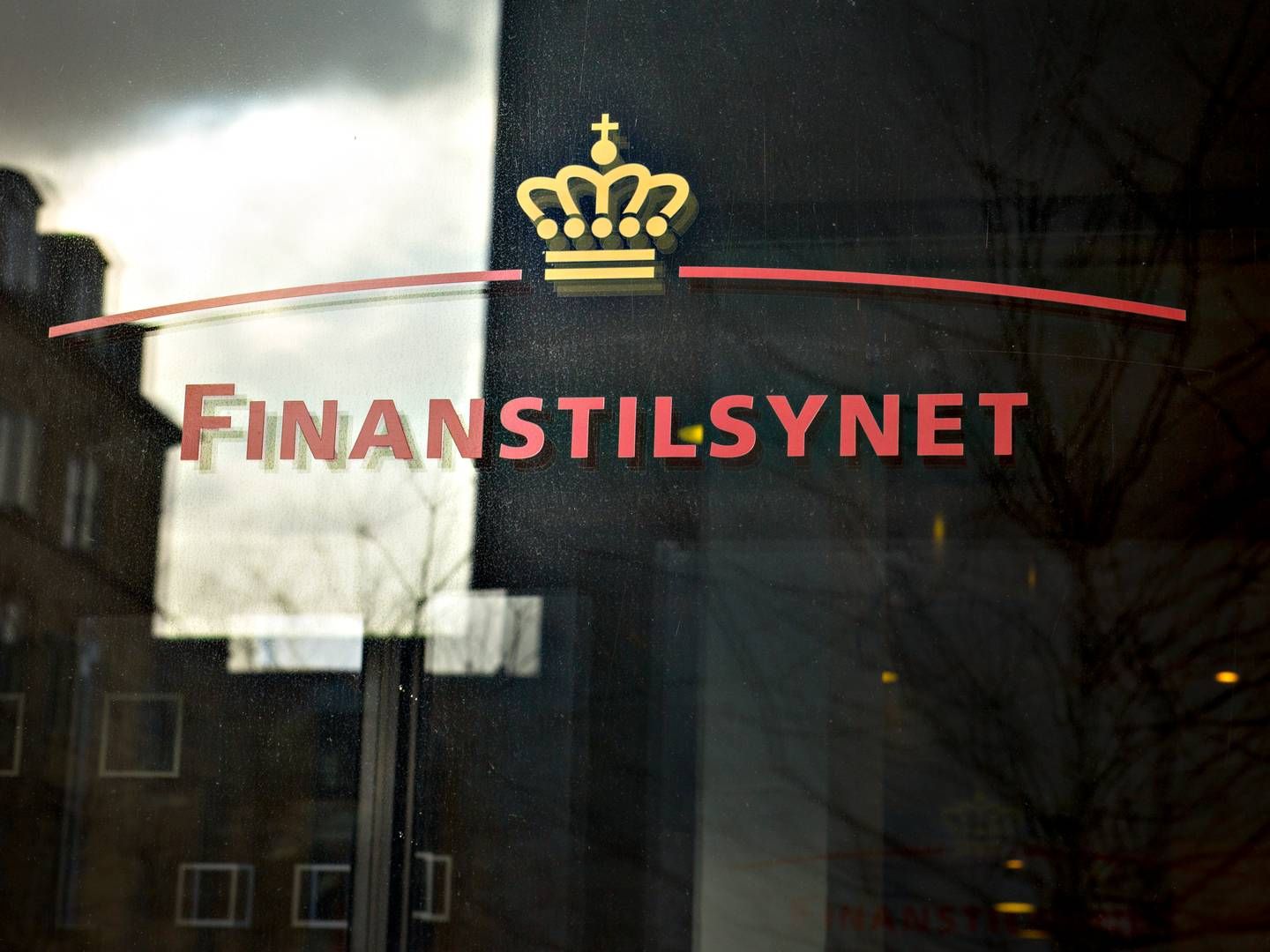
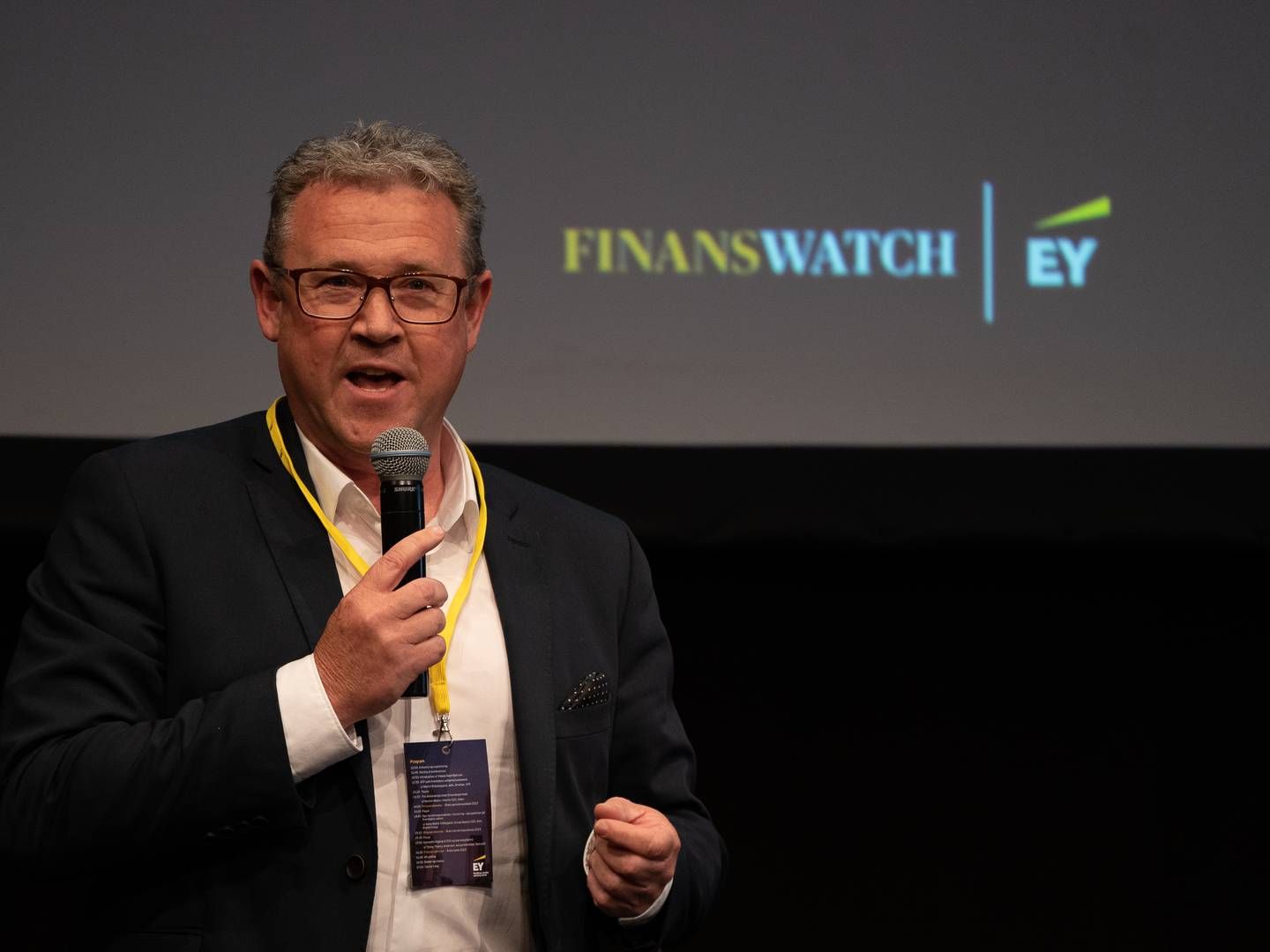





















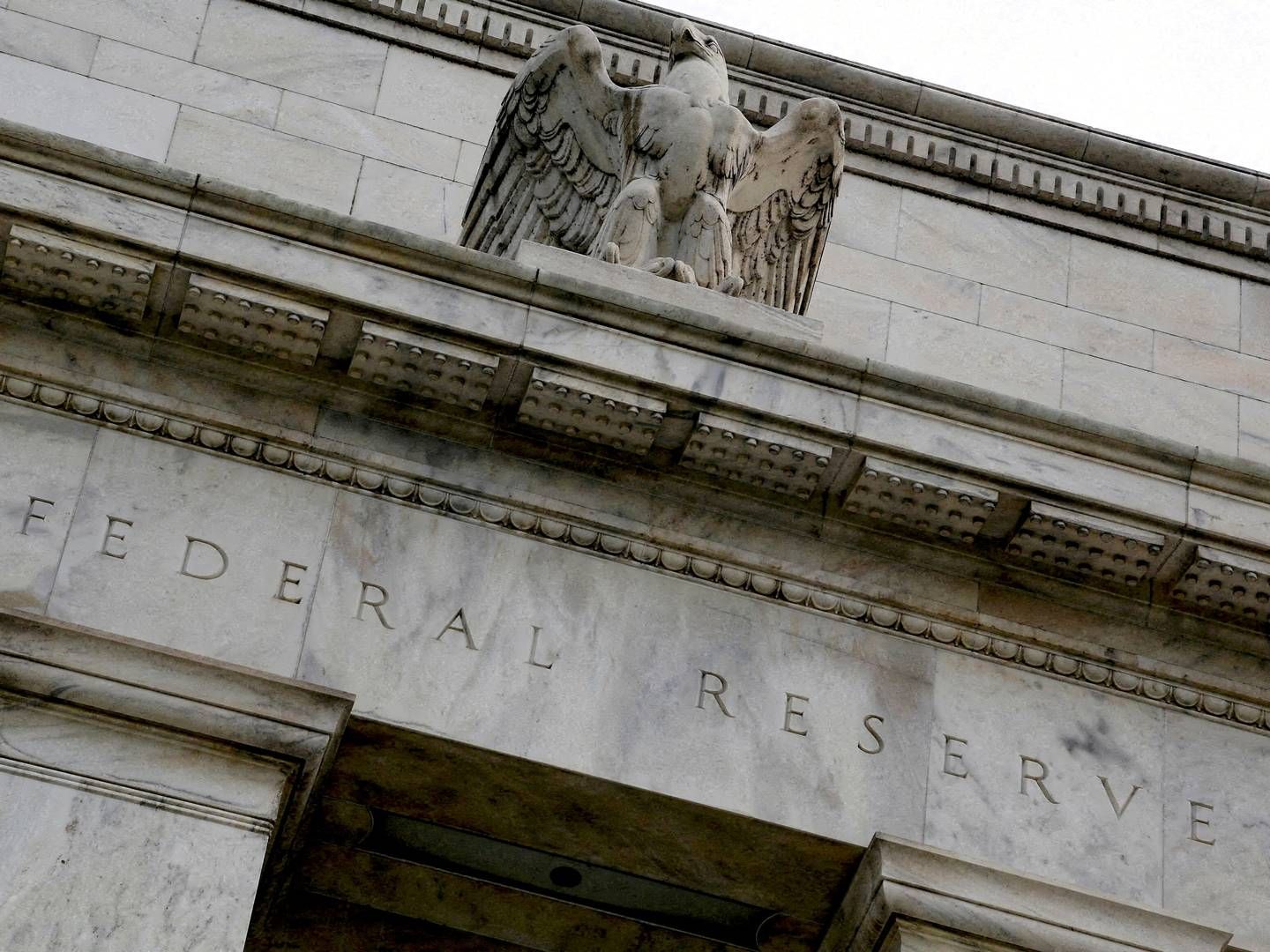


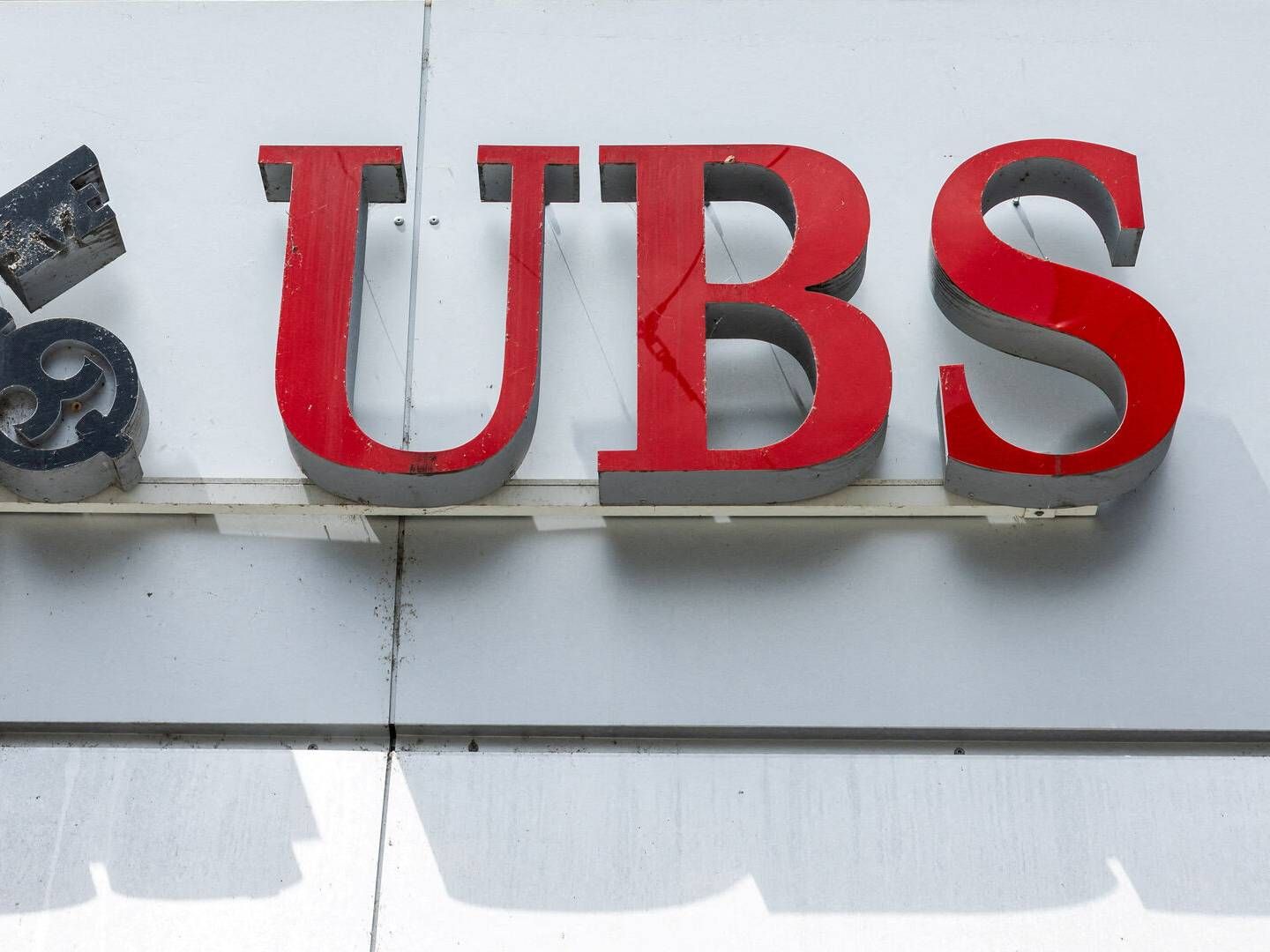





.jpg.png)
